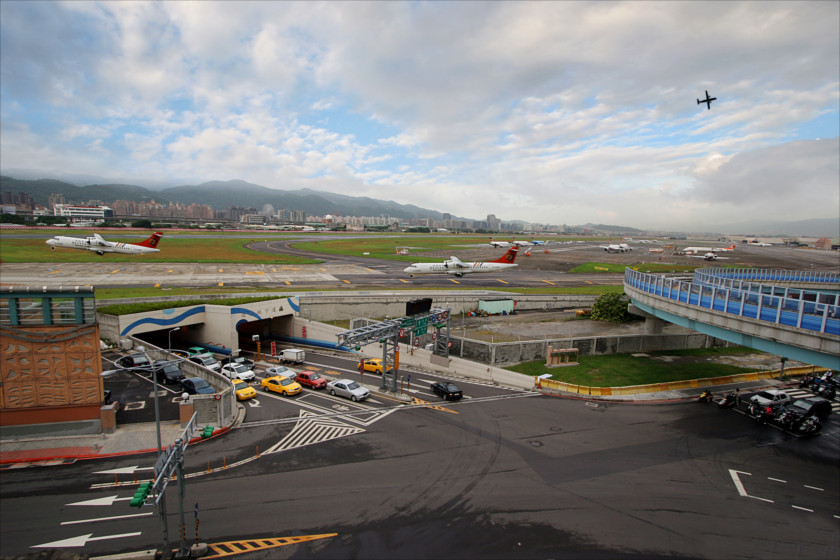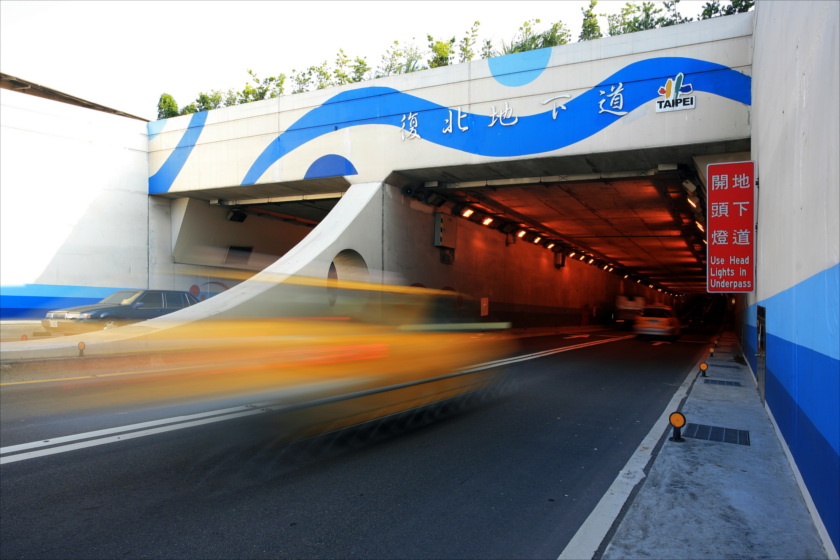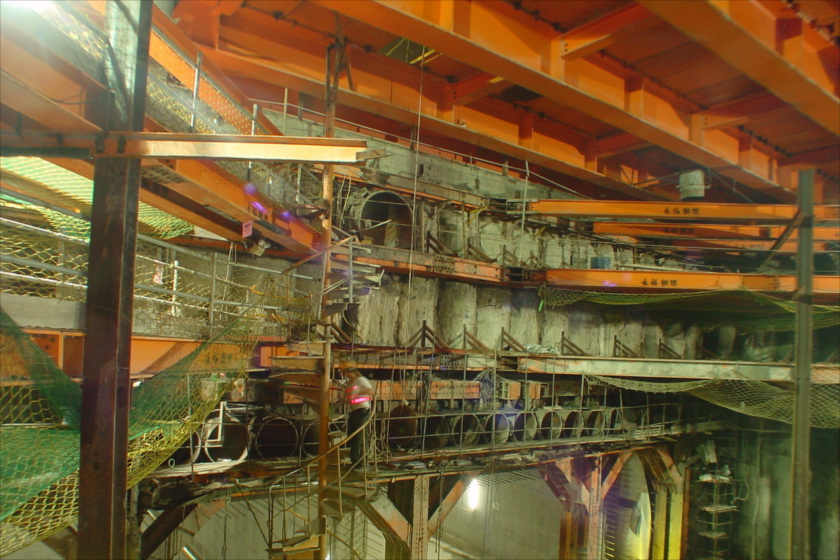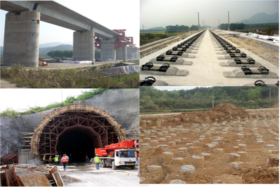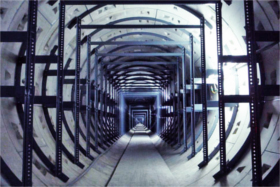TAIPEI, TAIWAN
SONGSHAN INTL AIRPORT FUXING NORTH ROAD UNDERPASS
- MARKETS :
- Tunnels, Roads
- SERVICES :
- Project and Construction Management
Geotechnical Engineering
Transportation & Civil Engineering
- SCOPE OF WORK :
- Site Investigation
Preliminary & Detailed Design
Project and Construction Management
First tunnel construction under an operating airport in the world.
First Endless Self Advancing Method in Taiwan.
2.5 cm settlement control
The project is a roadway underpass through Taipei domestic airport with a total length of 592 m, of which 505 m is located within the boundaries of the airport. The tunnel will cross one runway (the only runway in this airport) and one taxiway, which shall be kept fully operational during construction. Cross section of the tunnel is 7.8 m by 22.2 m to accommodate a two-lane roadway in each direction. A special construction method combining pipe-roofing and segmental pull-pushing (ESA) is employed to meet the strict requirements on settlement control (less than 2.5 cm).
Challenging soil conditions
The project site has very poor soil conditions. At the surface lies a thick layer of silty clay (CL) with a sandy silt (ML) layer present at depths varying from 3 m to 10 m. The blow counts obtained from standard penetration tests vary from 2 to 5 within a depth of 25 m or so. The natural water content of the clay is very close to the liquid limit, indicating how soft the clay is. The undrained shearing strengths of the clay layer obtained from triaxial compression tests increase linearly with depth and have an average of 100 kPa at a depth of 40 m. The sensitivity of the clay varies from 4 to 10. Because the site is located near the south bank of the Keelung River, the groundwater table at the site is high and is affected by the water level in the river. Normally, the groundwater table is at a depth of a couple of meters or even less below the ground surface. However, whenever the river was flooded in a typhoon season, the groundwater table rises to a level very close to the surface.
Keeping the runway operational during construction
The prerequisite that air traffic must be maintained at all times eliminated the possibility of using the cut-and-cover construction method for the tunnel sections beneath the taxiway and the runway. Pipe roofing and ESA methods were adopted instead.
Pipe-roofing and endless self-advancing methods
After a thorough study and extensive evaluation of all the options, it was determined that the pipe-roofing method was the most favorable method for this construction project. Furthermore, for sections directly underneath the taxiway and the runway, the Endless Self-Advancing (ESA) method incorporated with the pipe-roofing method was used.
Comprehensive monitoring instrumentation
The utmost importance of flight safety demanded that a comprehensive instrumentation program be implemented at the site during construction. The most important items to be monitored were the settlements of the runway and the taxiway, on the pavement of which settlement points at 5 m spacing intervals were arranged. Inclinometer casings were also installed in two of the roof-pipes under the taxiway and two under the runway, respectively. Deflections of these pipes were closely monitored during ESA works by using horizontal inclinometer probes. The instrumentation program was affected by the use of an automatic alert system. A total of 14 data loggers were placed in shafts. Data taken from more than a thousand instruments were transmitted to a control room located at the site office where they were processed and analyzed. In addition, there were more than 500 settlement points and many other instruments whose readings were taken manually and keyed in to the databases.
Scope of work
- Topographic survey & soil investigation
- Special study on construction method and airport operational safety
- Engineering design & construction documents
- Statutory process for review & approval
- Management of construction contract
- Construction supervision & quality assurance
- Instrumentation & monitoring for underground construction
- Construction progress monitoring & report
- Environment & safety monitoring
Awards
-
2003 Public Construction Commission of the Taiwan ROC Government’s Gold Achievement Awards
-
2005 Chinese Institute of Engineers’ Special Engineering Awards
-
2006 the Best Construction Site Awards
